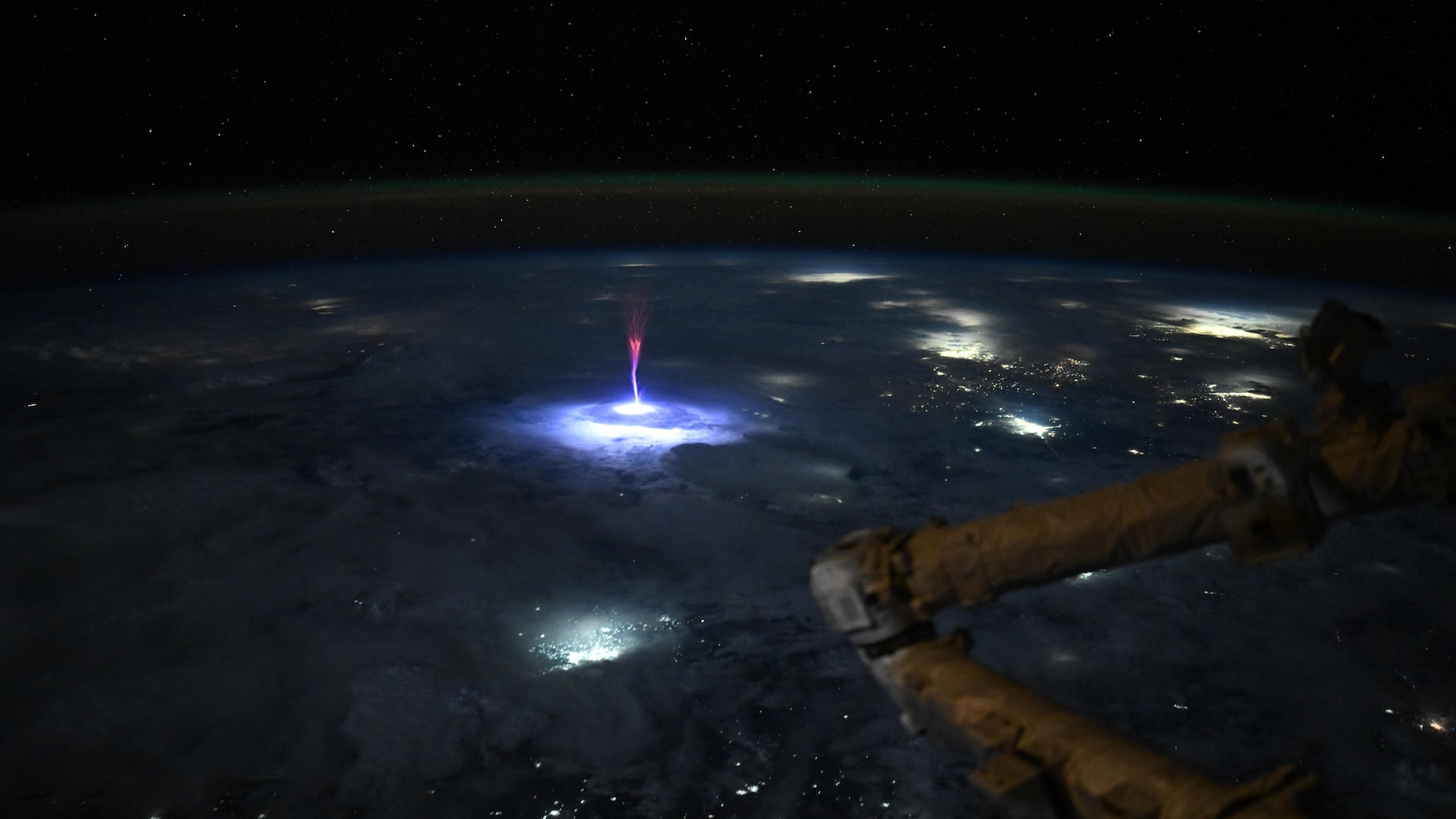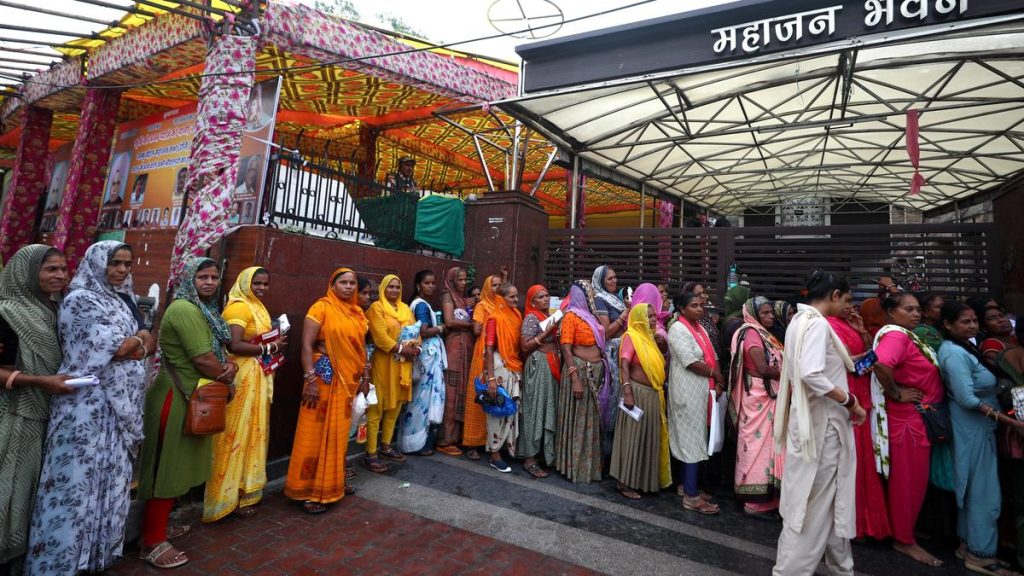Now Reading: Astronaut Captures Rare Red Sprite Phenomenon in Stunning Photo
-
01
Astronaut Captures Rare Red Sprite Phenomenon in Stunning Photo
Astronaut Captures Rare Red Sprite Phenomenon in Stunning Photo
Fast Summary:
- Nichole “Vapor” Ayers, a US astronaut aboard the International Space Station (ISS), captured a striking photo of a rare atmospheric phenomenon called a “red sprite” on July 3, 2025, while orbiting above North America.
- Red sprites are transient luminous events (TLEs) triggered by intense electrical activity in thunderstorms and typically appear moments after lightning strikes. They last only milliseconds and occur at high altitudes.
- Ayers shared the image on social media, describing it as “Just. Wow,” and noted that the ISS provides an excellent vantage point for observing these phenomena.
- NASA has been encouraging citizen scientists to record sprites as 2022 through its “spritacular” project. The initiative has reported 360 confirmed observations from volunteers in 21 countries.
- Scientists use such images to better understand TLE formation and their connection to thunderstorms.

Credit: Nichole ‘Vapor’ Ayers/NASA

Credit: George Preoteasa/NASA
Indian Opinion Analysis:
India’s scientific community could derive important inspiration from advancements in atmospheric science demonstrated by projects like NASA’s sprite capture efforts. While India boasts cutting-edge space missions through ISRO’s initiatives, incorporating studies on transient luminous events during domestic or international collaborations can elevate India’s research capabilities regarding weather systems.
Sprites-rare yet rich data sources-could aid India in addressing atmospheric mysteries tied to monsoon dynamics or lightning patterns that often impact life and agriculture across vast regions. Citizen science projects similar to NASA’s “Spritacular”, backed by Indian agencies, may encourage widespread participation among amateur astronomers and local weather enthusiasts. Such steps can strengthen India’s contributions towards global meteorological discoveries.
Ultimately, leveraging both advanced orbital platforms like Gaganyaan (India’s planned crewed space mission) for high-altitude observations of natural phenomena alongside grassroots-level citizen involvement could help bridge gaps between academic research and public awareness within India’s scientific ecosystem.
























